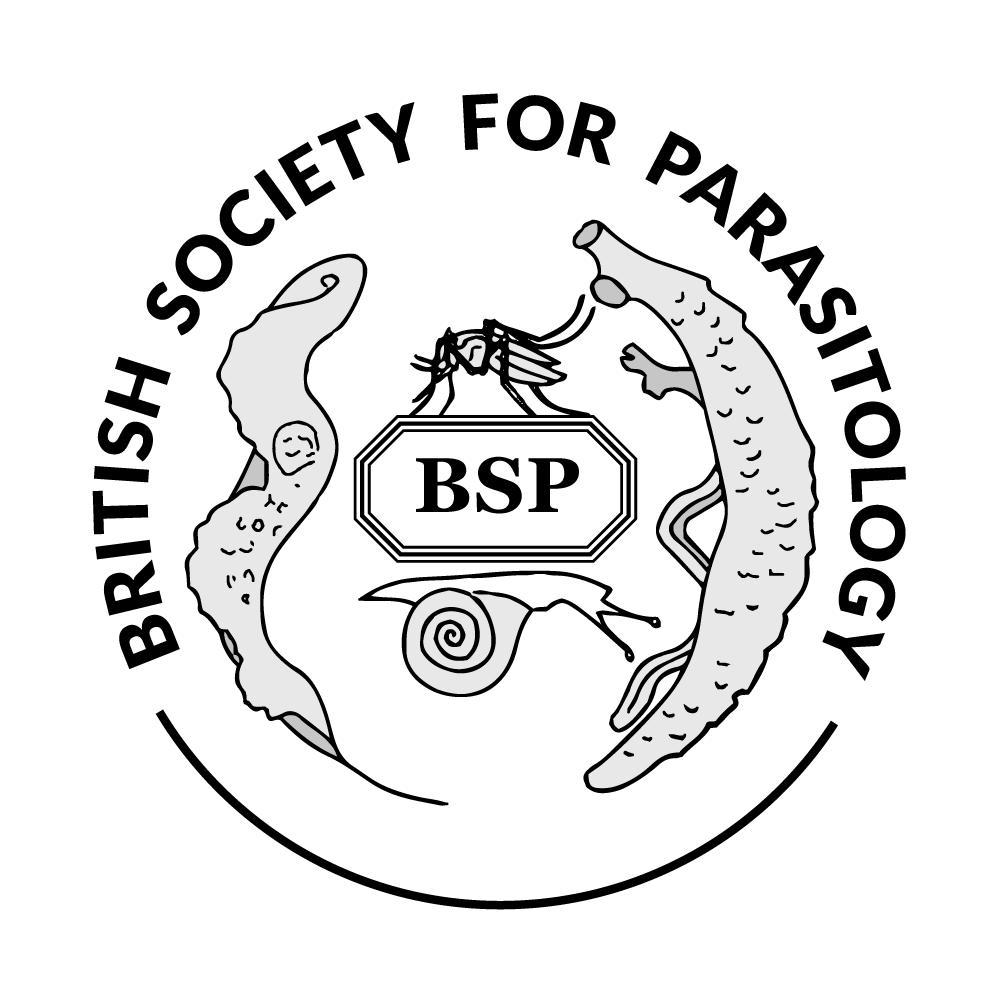Authors
S M Duncan1; M Damerow1; M A Ferguson1; 1 Wellcome Trust Centre for Anti-Infectives Research, School of Life Sciences, University of Dundee, UK Discussion
Trypansoma brucei is a protozoan parasite that infects humans and cattle via a tsetse fly vector. Key to parasite survival during progression through this complex life cycle is the expression of cell surface and endocytic pathway glycoproteins, modified with glycosylphosphatidylinositol (GPI) membrane anchors and/or N-linked oligosaccharides. We estimate that protein glycosylation in this parasite requires at least 38 distinct glycosyltransferases (GTs), only a few of which can be predicted by bioinformatics. Interestingly, a family of 21 putative trypanosome GTs has been identified that share a single beta 1-3 transferase ancestor but catalyse a diverse array of glycosidic linkages. Inhibition of such highly divergent GTs is therefore a promising therapeutic avenue, yet 17 of these putative TbGTs require characterisation. This project aims to identify their function by utilising reverse genetics and RIT-Seq approaches.

